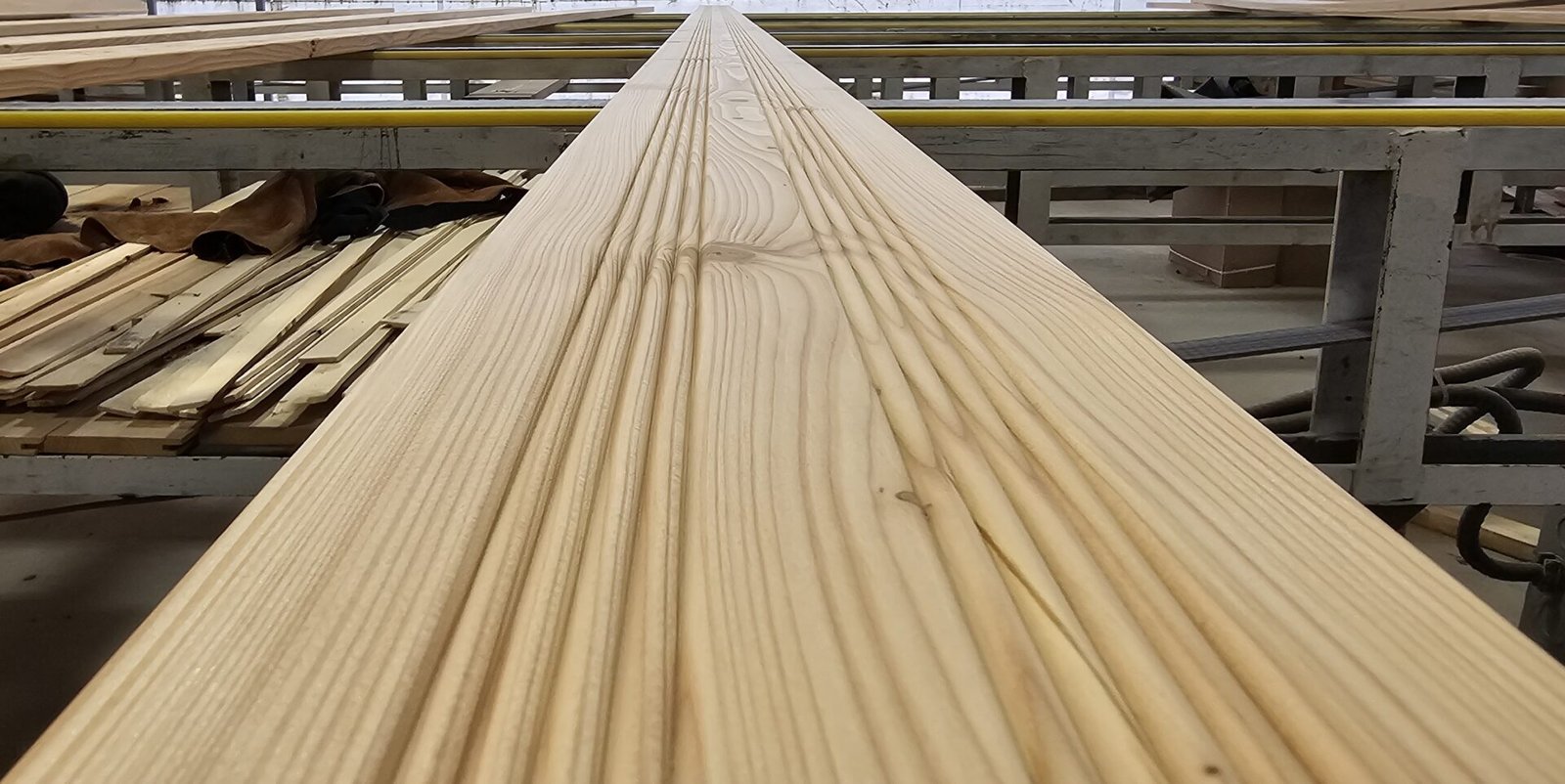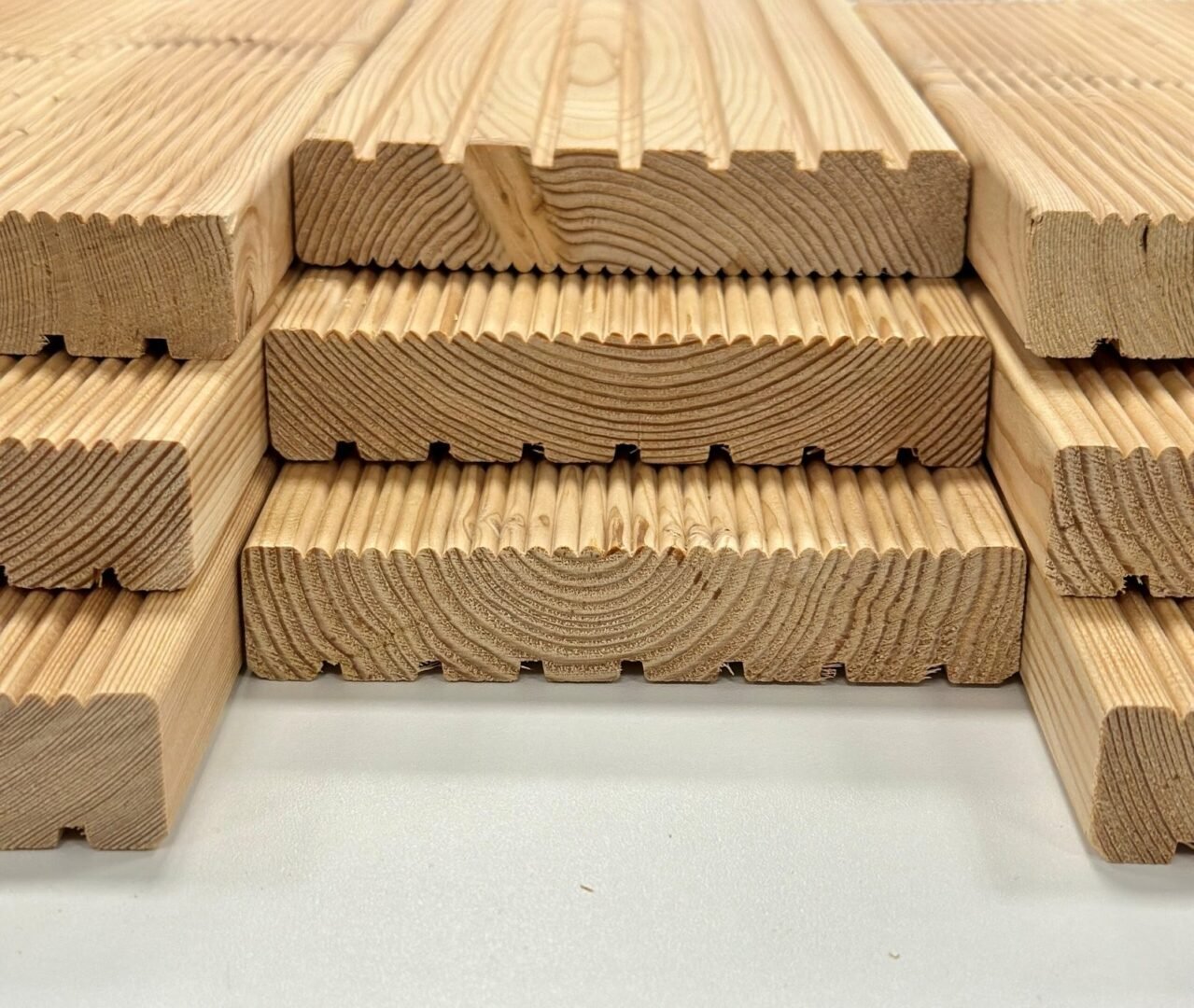Western Larch
(Larix occidentalis)
is a distinctive deciduous conifer native to the mountainous regions of southeastern British Columbia and southwestern Alberta. Known for its strength, durability, and attractive grain, it is one of the hardest softwoods found in Canada, making it ideal for structural and aesthetic applications.
Type: Deciduous conifer (unlike most conifers, it sheds its needles in fall)
Height: Typically grows 30 to 60 meters (98 to 197 feet) tall
Trunk Diameter: Up to 1.5 meters (4 ft 11 in)
Crown: Narrow and conical
Bark: Orangish to purplish-brown, deeply furrowed and flaky with age
Branches: Horizontal to upswept; side branches often droop
Leaves (Needles): Light green, soft, slender, 2–5 cm long; turn bright yellow in fall before shedding
Common Uses of Western Larch
Construction Lumber
Often mixed with Douglas Fir and sold as “DF-L” stamped lumber.
Used in framing, beams, and structural components.
Flooring
Durable and attractive, with a warm reddish-brown hue.
Suitable for high-traffic areas due to its hardness.
Siding and Exterior Cladding
Naturally resistant to moisture and rot.
Ideal for homes in harsh climates.
Boat Building
Lightweight yet strong, with good bending properties.
Commonly used for hull planks and other marine parts.
Railway Ties and Mine Timbers
Its toughness and resistance to decay make it ideal for heavy-duty applications.
Used in utility poles, fence posts, and outdoor structures.
Veneer and Plywood
Processed into thin sheets for furniture and paneling.




